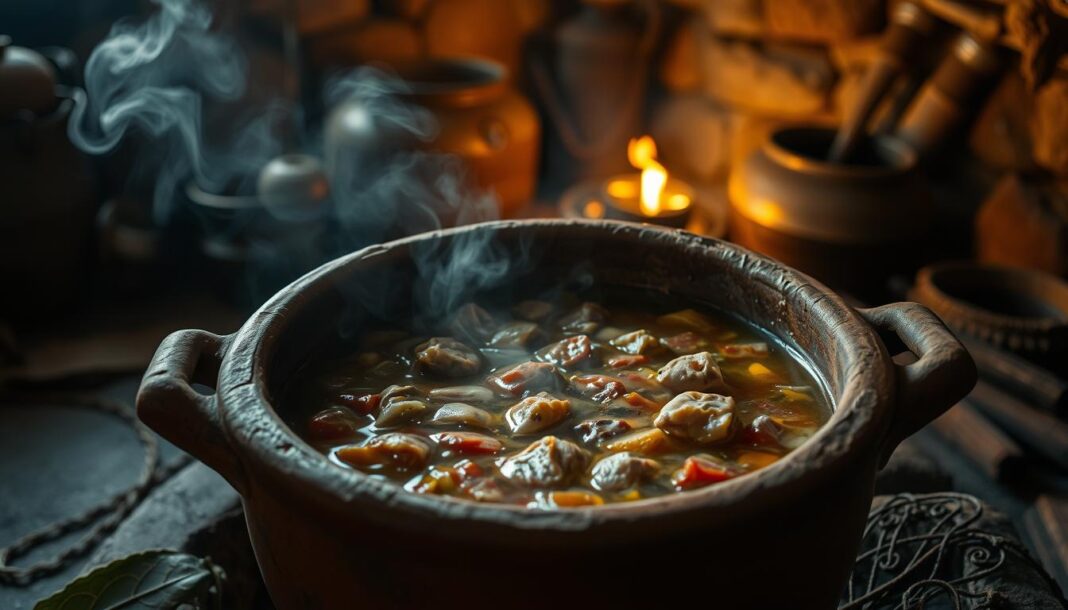Food is more than just sustenance—it’s a living record of human history, cultural exchange, and innovation. Throughout the centuries, certain historical foods have transcended their humble origins to become cultural touchstones, shaping how entire civilizations eat, celebrate, and connect. These culinary treasures tell stories of ancient trade routes, technological breakthroughs, and the remarkable ingenuity of our ancestors who transformed simple ingredients into dishes we still enjoy today.
1. Stew – The World’s Oldest Comfort Food (c. 6000 BC)
Archaeological evidence suggests that stew may be one of the oldest prepared foods in human history, dating back approximately 8,000 years. This humble yet versatile dish represents one of humanity’s earliest culinary innovations after the discovery of fire and the invention of waterproof containers.
Ancient Mesopotamian tablets from around 1730 BC contain some of the earliest written historical foods recipes, including detailed instructions for preparing stews. The Sumerian Tuh’u, a mutton stew dating back 3,750 years, featured an impressive array of ingredients including sheep fat, leeks, cumin, shallots, and beetroots—proving that complex flavor profiles were appreciated even in ancient times.
What makes stew particularly significant in culinary heritage is its universal presence across cultures. From Irish stobhach gaelach to French cassoulet to Japanese nikujaga, virtually every food tradition includes some form of slowly simmered meat and vegetables. This cooking method allowed our ancestors to tenderize tough cuts of meat, extract maximum nutrition from ingredients, and create filling meals from limited resources.

2. Tamales – Mesoamerica’s Portable Feast (c. 5000 BC)
Tamales stand as one of the most enduring traditional dishes in the Americas, with origins dating back to approximately 5000-8000 BC. These portable parcels of masa (corn dough) filled with meats, vegetables, fruits, or other ingredients and wrapped in corn husks or banana leaves represent an ingenious solution to food preservation and transportation in ancient times.
The Olmec, Toltec, Aztec, and Maya civilizations all embraced tamales as both everyday sustenance and ceremonial food. Archaeological evidence, including pottery fragments from 200-1000 AD bearing Maya hieroglyphs for tamales, confirms their cultural significance. These historical foods were particularly valued by travelers and warriors who needed nourishing, portable meals that would remain preserved for extended periods.
Today, tamales remain a beloved staple throughout Mexico, Central America, South America, the Caribbean, and even the Philippines—a testament to their ingenious design and delicious versatility. Modern celebrations like Día de los Muertos and Christmas in many Latin American countries still feature tamales as central elements of traditional feasts, connecting contemporary diners to ancient culinary traditions.
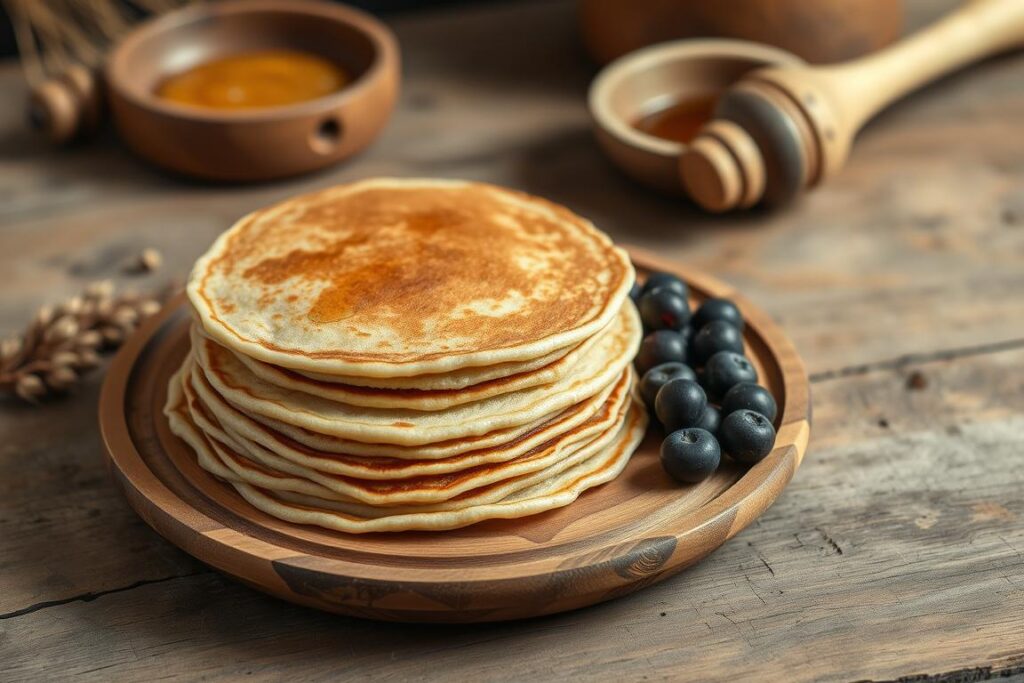
3. Pancakes – The Universal Flatbread (c. 3300 BC)
The humble pancake may seem like a simple breakfast staple, but it represents one of humanity’s oldest and most widespread culinary creations. Evidence of pancake consumption dates back to at least 3300 BC, when Otzi the Iceman—whose naturally mummified remains were discovered in the Italian Alps in 1991—enjoyed a final meal that included einkorn wheat pancakes.
What makes pancakes particularly fascinating among historical foods is their near-universal presence across cultures. Ancient Greeks enjoyed tagenites or teganites (from tagenon, meaning “frying pan”), which were made with wheat flour and olive oil and served with honey or curdled milk. The 5th-century BC poets Magnes and Cratinus provide the earliest written references to these breakfast treats.
From Russian blini to Ethiopian injera to Korean pajeon, virtually every culture has developed some version of batter cooked on a hot surface. This universality speaks to the pancake’s ingenious simplicity—requiring minimal ingredients and equipment while providing a versatile base for both sweet and savory toppings. Today’s fluffy American pancakes, French crêpes, and Indian dosas all descend from this ancient culinary innovation.

4. Curry – A Spice Journey Through Time (c. 2600-2200 BC)
Few dishes have shaped global cuisine as profoundly as curry. Archaeological excavations at Harappa and Mohenjodaro have unearthed pottery fragments containing traces of turmeric and ginger dating back to 2600-2200 BC, making curry one of the world’s oldest continuously prepared historical foods.
The term “curry” likely derives from the Tamil word kari, meaning sauce or gravy. What began in the Indus Valley civilization as a sophisticated blend of spices has evolved through centuries of cultural exchange, conquest, and innovation. The arrival of the Portuguese in Goa in the 15th century and the Mughals in India in the early 16th century introduced new ingredients and techniques that further enriched this culinary tradition.
Today, curry represents not just a dish but an entire spectrum of flavors and techniques that vary dramatically across regions. From the coconut-based curries of Kerala to the fiery vindaloos of Goa to the complex massaman curries of Thailand, this ancient cooking method continues to evolve. The British adoption of curry in the 18th century—including the invention of curry powder for colonial officials—helped spread these flavors worldwide, making curry a beloved staple in countries as diverse as Japan, Jamaica, and South Africa.
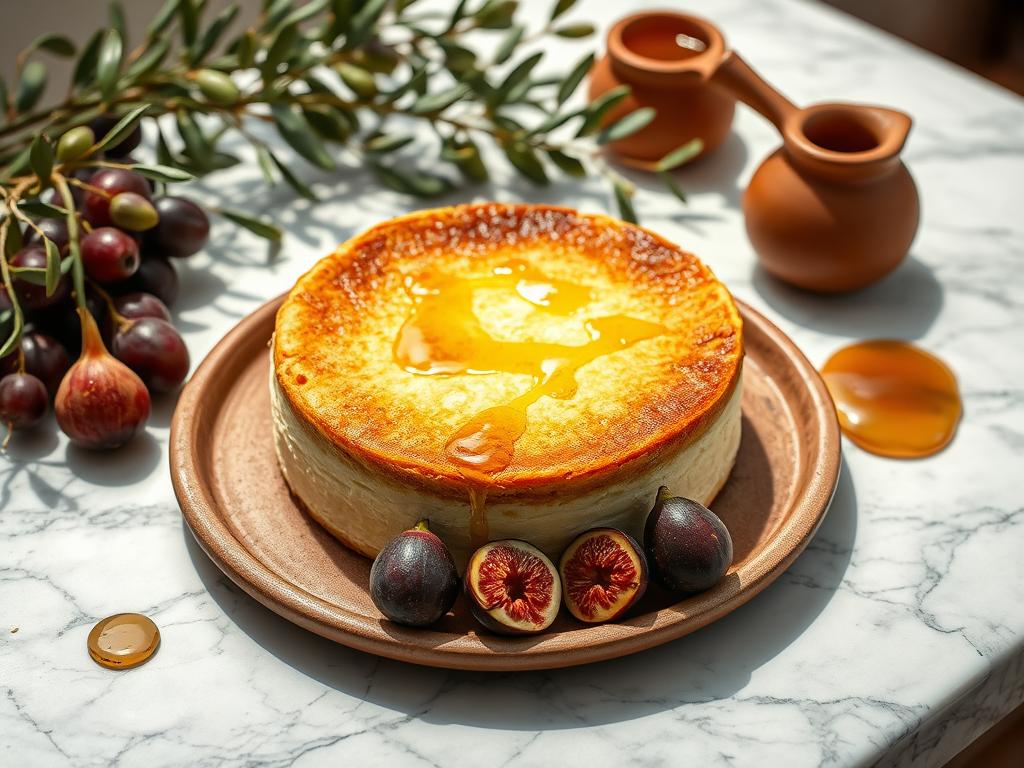
5. Cheesecake – From Olympic Athletes to Modern Dessert Menus (c. 2000 BC)
Long before New York-style cheesecake became a restaurant staple, ancient Greeks were enjoying a simpler version of this creamy delicacy. Archaeological discoveries of cheese molds dating back to approximately 2000 BC suggest that cheesecake may be one of our oldest desserts, with some historians believing it originated on the Greek island of Samos.
Unlike modern cream cheese-based versions, ancient Greek cheesecake consisted of a simple mixture of honey, flour, and soft cheese. This nutritious treat was considered so valuable that it was served to athletes during the first Olympic games in 776 BC, providing energy and protein for their competitive endeavors. These historical foods demonstrate how culinary traditions often begin with practical nutritional purposes before evolving into beloved cultural staples.
Following the Roman conquest of Greece in 146 BC, cheesecake was adopted and enhanced with the addition of eggs and crushed cheese. The Romans called their version savillum and often flavored it with lemon or orange zest—a practice that continues in modern recipes. The oldest surviving written cheesecake recipe appears in Marcus Cato’s De Agri Cultura, providing a direct link between ancient Roman kitchens and today’s dessert menus.
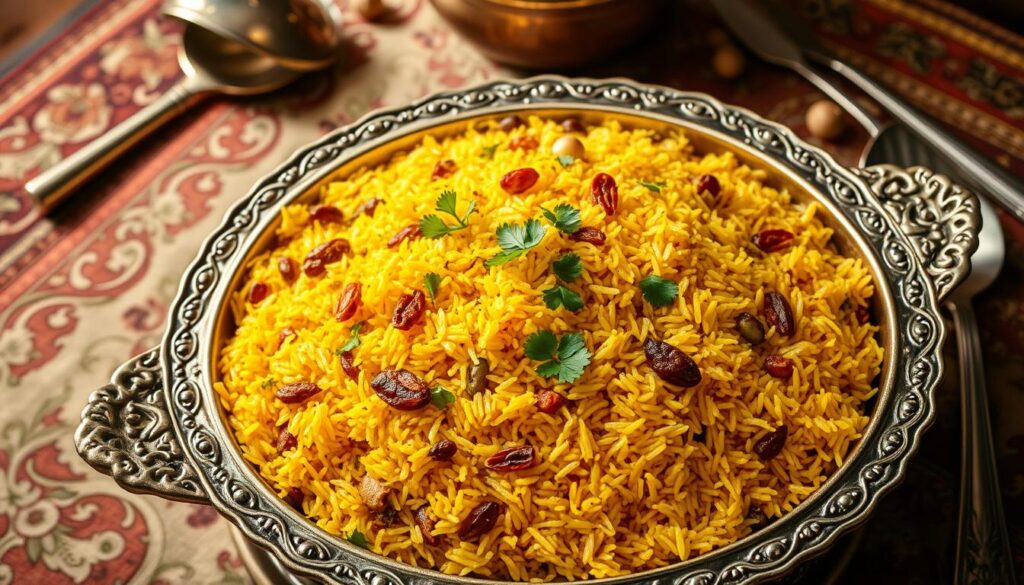
6. Pilaf – The Ancient Art of Perfumed Rice (c. 1000-500 BC)
Pilaf represents one of humanity’s earliest attempts to transform a simple grain into a complex, aromatic dish. While rice was first domesticated in China over 13,000 years ago and later in India, it was the ancient Persians who developed the cooking method we now recognize as pilaf between 1000 and 500 BC.
This technique—cooking rice with meat, vegetables, and aromatic spices in a seasoned broth—created a dish greater than the sum of its parts. When Alexander the Great conquered the Sogdian city of Samarkand in 328 BC, he encountered and enjoyed pilaf, subsequently introducing it to Macedonia and eventually to other parts of Europe. These historical foods demonstrate how culinary techniques spread through conquest and trade, enriching food traditions across continents.
Parallel to Persian pilaf, a similar preparation called pulao developed in India, with early mentions appearing in the epic Mahabharata (circa 400 BC). The arrival of Muslims in India beginning in the 7th century AD further enriched this tradition, introducing saffron and other aromatic spices. This cultural fusion eventually produced biryani, with its characteristic layering of rice, meat, and vegetables. From Spanish paella to Uzbek plov to Indian biryani, pilaf’s descendants continue to occupy central places in global cuisine.

7. Rice Pudding – From Temple Offerings to Comfort Food (c. 400 BC)
Rice pudding represents one of the world’s oldest desserts, with origins dating back to at least 400 BC in the Indian subcontinent. Known as kheer in India, this sweet, milk-based rice preparation is mentioned in the ancient epics Ramayana and Mahabharata, suggesting its deep cultural roots.
What makes kheer particularly fascinating among historical foods is its sacred status. During the reign of the Cholas in Southern India (300 BC-1279 AD), kheer was commonly offered to deities during religious ceremonies. In the city of Puri, a version called payas has been prepared as a temple offering for approximately 2,000 years, creating an unbroken culinary tradition that connects modern practitioners to their ancient ancestors.
As rice cultivation spread westward, so did variations of this beloved dessert. Persian sheer birinj was said to be “the food of angels,” while Middle Eastern shola was introduced to Persia by Mongolians around the 13th century. Rice pudding only reached Europe between the 8th and 10th centuries when rice was introduced as a crop. By the 16th century, baked rice pudding flavored with nutmeg had become popular in England, as evidenced by Thomas Dawson’s 1596 recipe in The Good Huswifes Jewell.
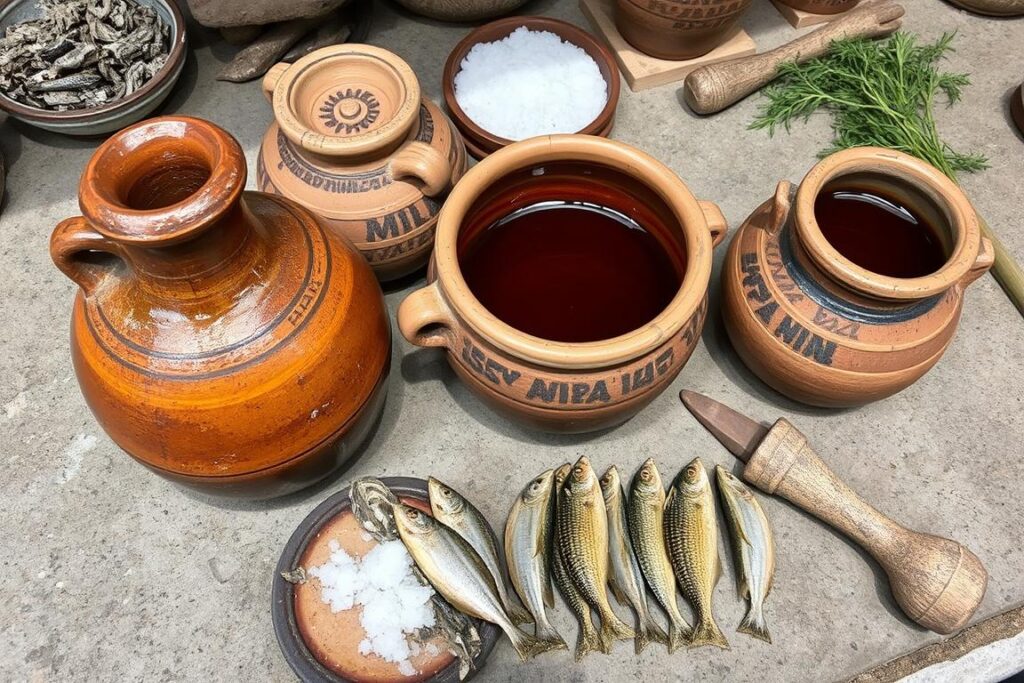
8. Fish Sauce – The Ancient World’s Umami Secret (c. 4th century BC)
While fish sauce is now synonymous with Southeast Asian cuisine, its origins lie surprisingly in ancient Europe. Between the 3rd and 4th centuries BC, Greeks began producing garum—a fermented fish sauce that would later be adopted by Romans and Byzantines, becoming one of the most valued historical foods in the ancient Mediterranean world.
Named after a type of fish called garos by Roman naturalist Pliny the Elder, garum was made by fermenting fish innards and blood with salt until it produced a pungent liquid. A variation called liquamen, made by fermenting entire fish, more closely resembles modern fish sauce. By the 4th century AD, these condiments had become so essential to Roman cuisine that they often replaced salt in recipes.
Archaeological discoveries of garum factories along coastal regions in Spain, Portugal, and North Africa reveal the industrial scale of production. According to Roman writings, premium garum could cost the equivalent of $500 in today’s currency, while cheaper versions were available for everyday use. The 4th-century cookbook Apicius contains numerous recipes requiring garum or liquamen, demonstrating its centrality to Roman flavor profiles.
Today’s Southeast Asian fish sauces—like Vietnamese nước mắm, Thai nam pla, and Filipino patis—continue this ancient tradition of extracting umami flavor from fermented seafood, though the historical connection to Roman garum remains a fascinating culinary mystery.
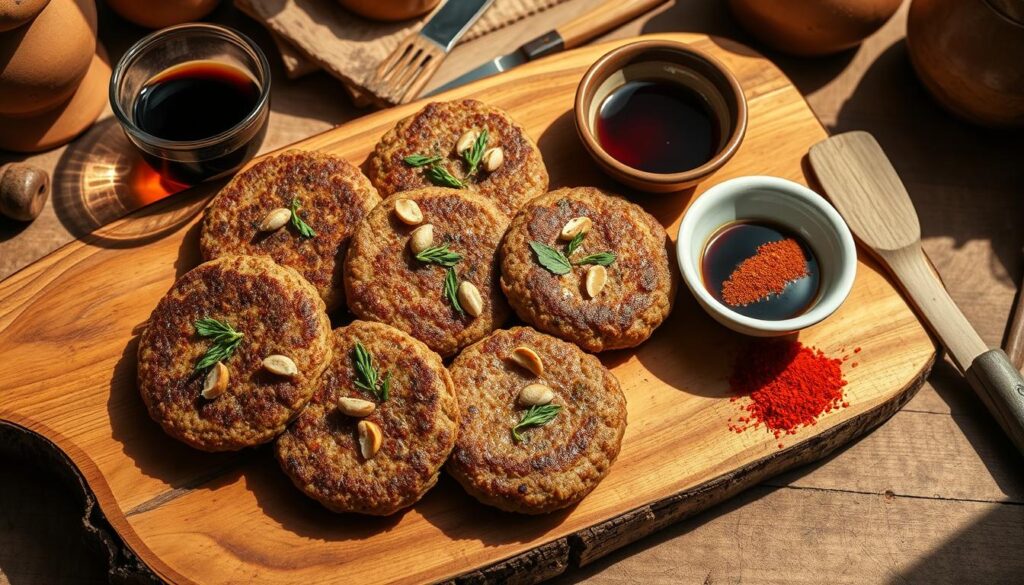
9. Burger – From Roman Patties to Fast Food Icon (c. 4th century AD)
The hamburger may seem quintessentially American, but its earliest ancestor appeared in ancient Rome. The 4th-century cookbook Apicius: De Re Coquinaria contains a recipe for isicia omentata—a dish of mixed minced meat, pine nuts, wine, and the famous garum fish sauce, formed into patties and cooked over an open fire.
This 1,500-year-old preparation bears remarkable similarities to modern hamburgers, though it was considerably more upscale than today’s fast food. As UK food historian Dr. Annie Gray notes, this Roman dish “was decidedly more upmarket than many of today’s offerings and is richer and more complex than the plain beef version most common today.” These historical foods demonstrate how culinary concepts can evolve dramatically while maintaining their essential form.
The journey from Roman isicia omentata to the modern hamburger includes many evolutionary steps, including the Hamburg steak brought to America by German immigrants in the 19th century. By the early 1900s, the hamburger had emerged as one of America’s first fast foods, sold by street vendors before becoming the cornerstone of global fast-food empires. This transformation from ancient luxury to modern convenience food illustrates how culinary traditions adapt to changing social and economic conditions.
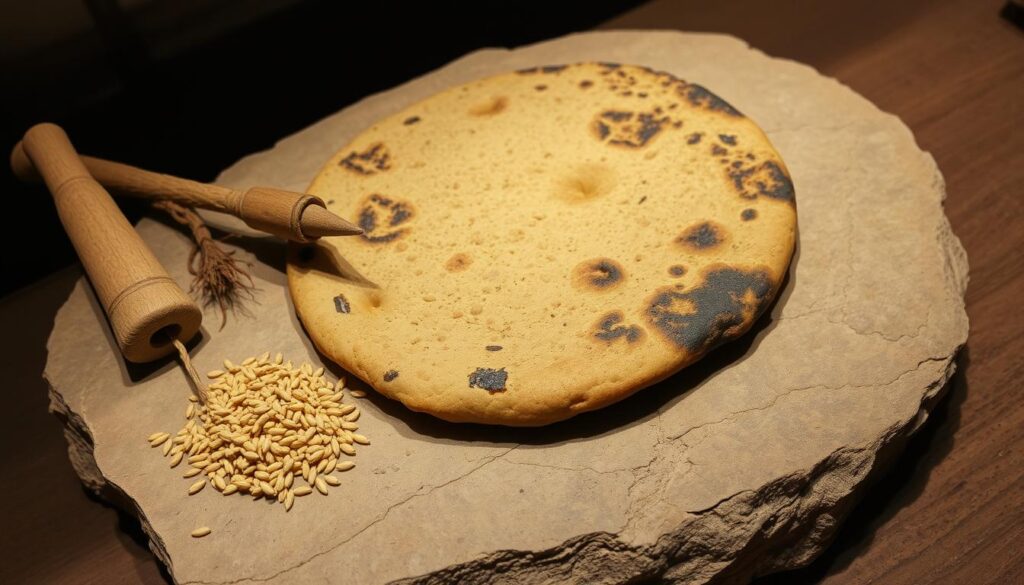
10. Bread – Humanity’s First Transformative Food (c. 14,000 BC)
No discussion of historical foods would be complete without bread—humanity’s first truly transformative culinary creation. Archaeological discoveries in Jordan’s Black Desert in 2018 uncovered a 14,000-year-old piece of bread, predating agriculture itself. This ancient flatbread, made from wild oats and tubers, represents one of humanity’s earliest attempts to process raw ingredients into something new and more digestible.
The development of bread parallels human civilization itself. The transition from hunter-gatherer societies to agricultural settlements around 10,000 BC was largely driven by grain cultivation for breadmaking. By 3000 BC, Egyptians had discovered leavening, creating the world’s first risen breads and establishing dedicated bakeries. The Romans later industrialized bread production, with large-scale bakeries supplying free bread to citizens—the famous “bread and circuses” that helped maintain social order.
Bread’s cultural significance extends far beyond nutrition. It has acquired profound religious symbolism in many traditions, from the Jewish Sabbath challah to Christian communion bread to the lavash of Armenian heritage. Phrases like “breaking bread together” and “the staff of life” reflect bread’s central role in human community and survival.
Today, bread continues to evolve, from artisanal sourdoughs created with centuries-old starters to gluten-free alternatives that make this ancient staple accessible to those with modern dietary restrictions. Few foods can claim such a direct connection between our earliest ancestors and our contemporary tables.
Explore the Flavors of History
These ten historical foods represent just a small sampling of humanity’s rich culinary heritage. From the humble stew pot to elaborate spiced rice dishes, our ancestors created remarkable flavors with limited technology and ingredients. By understanding these ancient recipes, we gain insight not just into what people ate, but how they lived, traded, celebrated, and connected with one another across time and space.
Whether you’re a culinary history enthusiast or simply looking to expand your recipe repertoire with time-tested classics, exploring these traditional dishes offers a tangible connection to our shared human past. Many of these ancient preparations remain surprisingly relevant to modern palates and continue to influence contemporary cuisine in ways both obvious and subtle.
